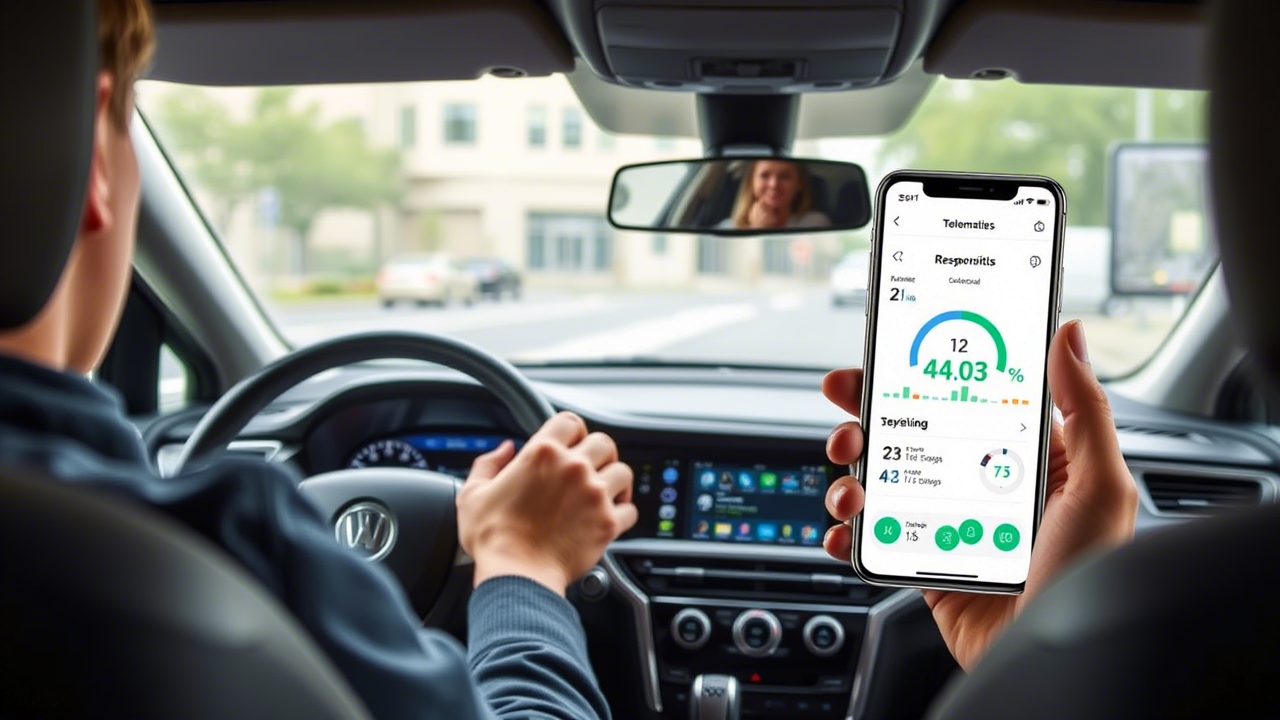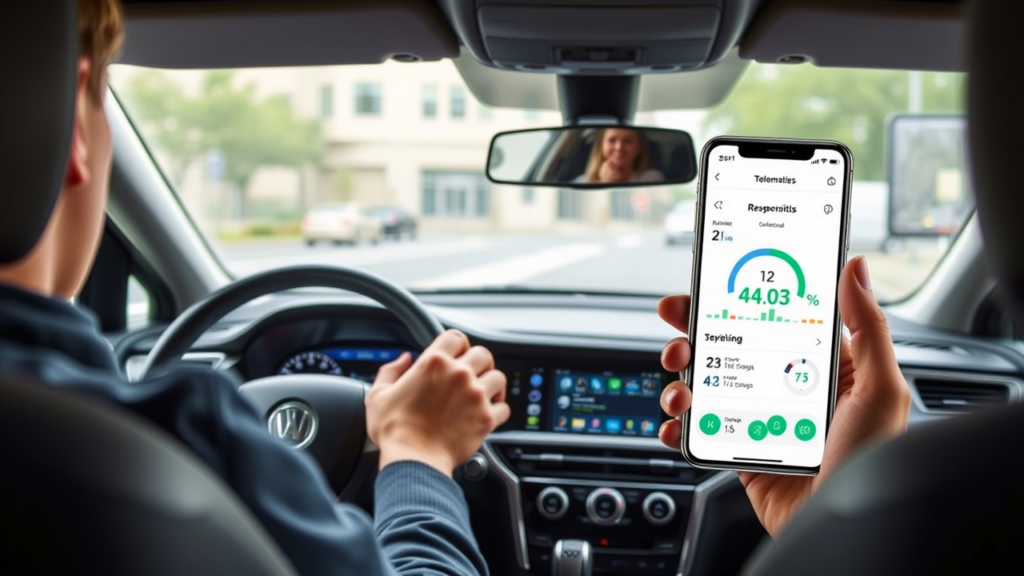The Rise of Usage-Based Car Insurance: A Shift Toward Fairer Pricing
In recent years, the auto insurance industry has seen a quiet but significant transformation. Traditional flat-rate premiums are gradually making way for a more personalized approach: usage-based insurance (UBI). Also known as pay-as-you-drive or pay-how-you-drive insurance, this model adjusts premiums based on actual driving behavior rather than broad demographic assumptions.
For many drivers, this shift represents a fairer, more transparent way to pay for coverage—one that rewards safe habits and reduces costs for those who drive less. But how does it work, and is it the right choice for you?

How Usage-Based Insurance Works
UBI programs rely on telematics, a technology that collects driving data through a small device plugged into your car or a smartphone app. This data typically includes:
- Mileage driven
- Time of day (e.g., avoiding high-risk nighttime driving)
- Speed and acceleration patterns
- Braking habits (e.g., harsh stops increase risk)
- Cornering behavior
Insurers analyze this information to determine risk more accurately, offering discounts to cautious drivers while adjusting rates for those with riskier habits.
The Benefits of Paying for What You Use
1. Fairer Pricing
Traditional insurance often penalizes safe drivers who happen to fit high-risk demographics (e.g., young adults). UBI removes some of that bias, focusing instead on real-world behavior.
2. Cost Savings for Low-Mileage Drivers
If you work from home, use public transit, or simply don’t drive often, UBI can significantly lower your premiums compared to standard policies.
3. Encourages Safer Driving
Knowing that your habits affect your rates can motivate smoother acceleration, gentler braking, and reduced speeding—leading to fewer accidents.
4. Transparency and Control
Many UBI programs provide feedback on driving patterns, helping users understand where they can improve.
Potential Drawbacks to Consider
While UBI offers many advantages, it may not suit everyone:
- Privacy concerns: Some drivers are uncomfortable with constant data tracking.
- Limited availability: Not all insurers offer UBI, and options vary by region.
- Risk of higher rates: Aggressive drivers might see premiums rise instead of fall.
Is Usage-Based Insurance Right for You?
If you’re a low-mileage or safety-conscious driver, UBI could be a cost-effective choice. However, if you frequently drive long distances, during peak hours, or prefer not to share driving data, a traditional policy might be more suitable.
The Future of Auto Insurance
As technology advances, UBI is likely to become even more refined, incorporating AI and real-time feedback to further personalize rates. For now, it offers a promising middle ground—balancing affordability with fairness in a way that benefits both insurers and responsible drivers.
Would you switch to a usage-based policy? The answer may depend on how much you drive—and how you drive it.


